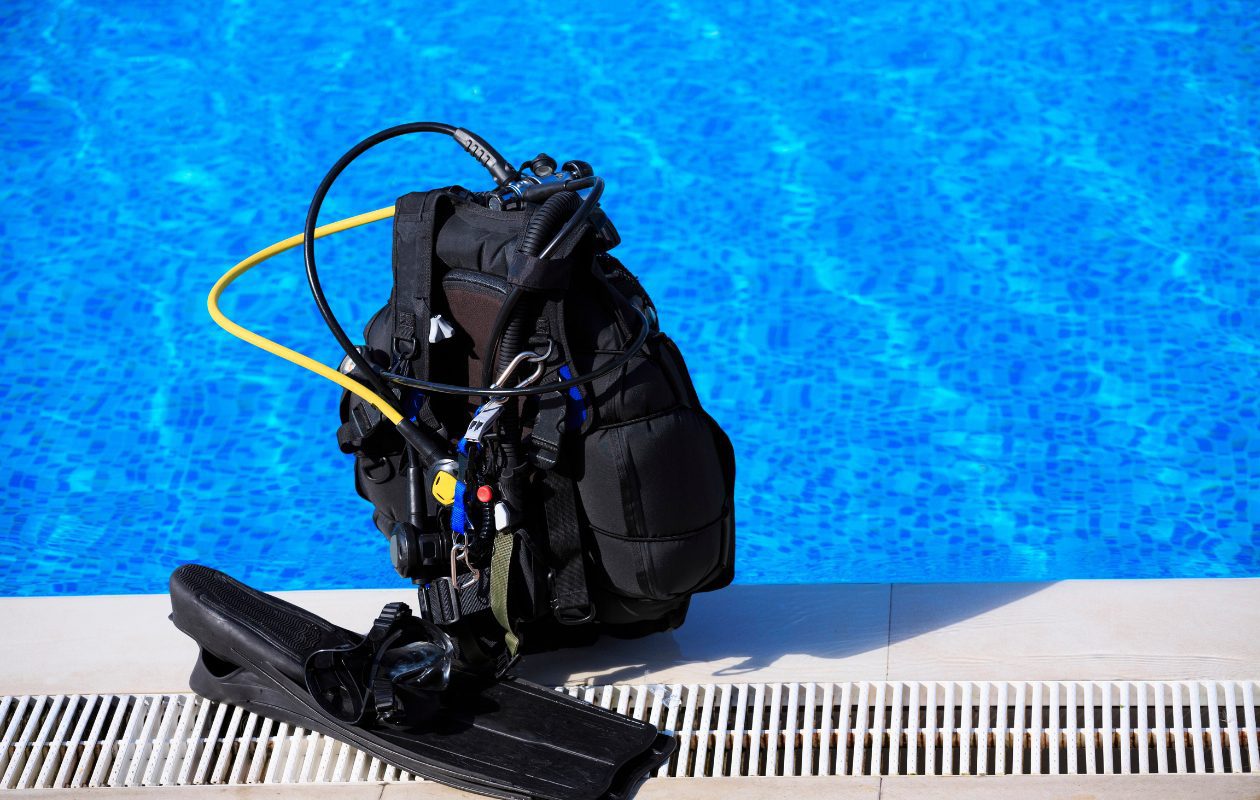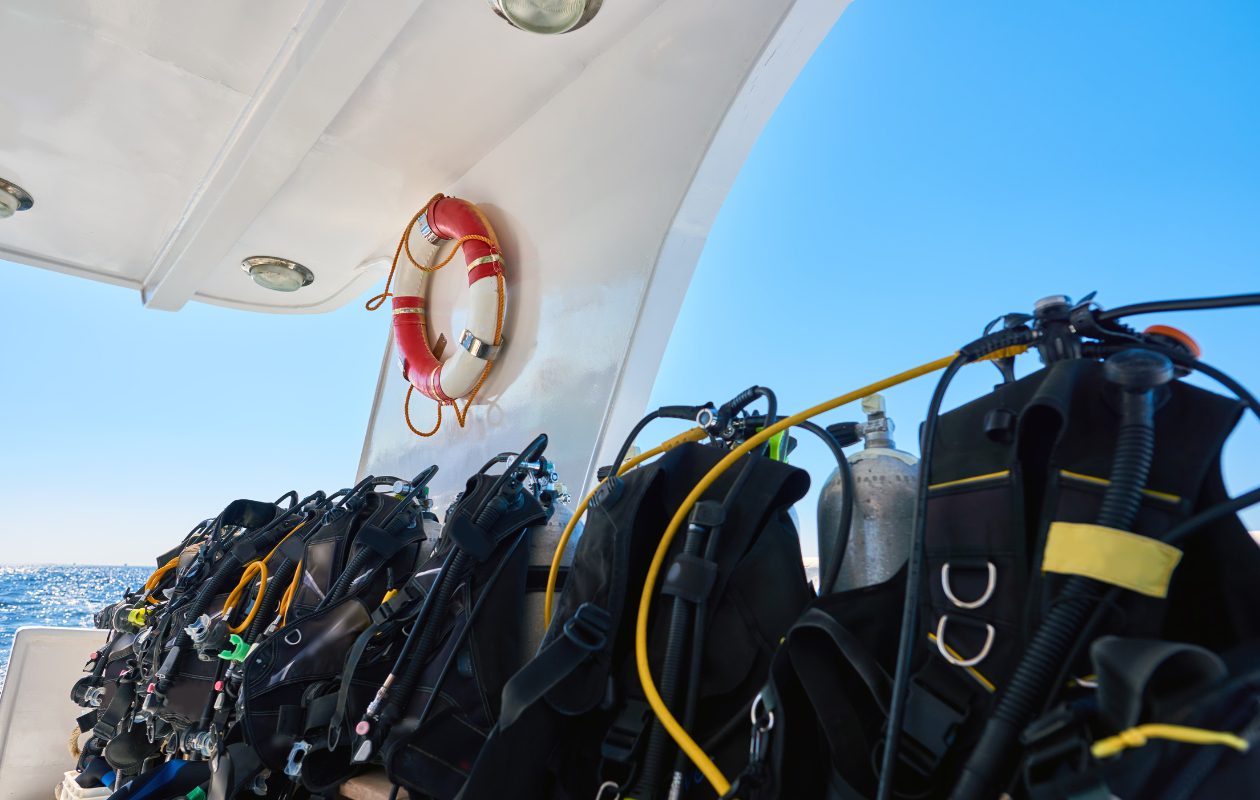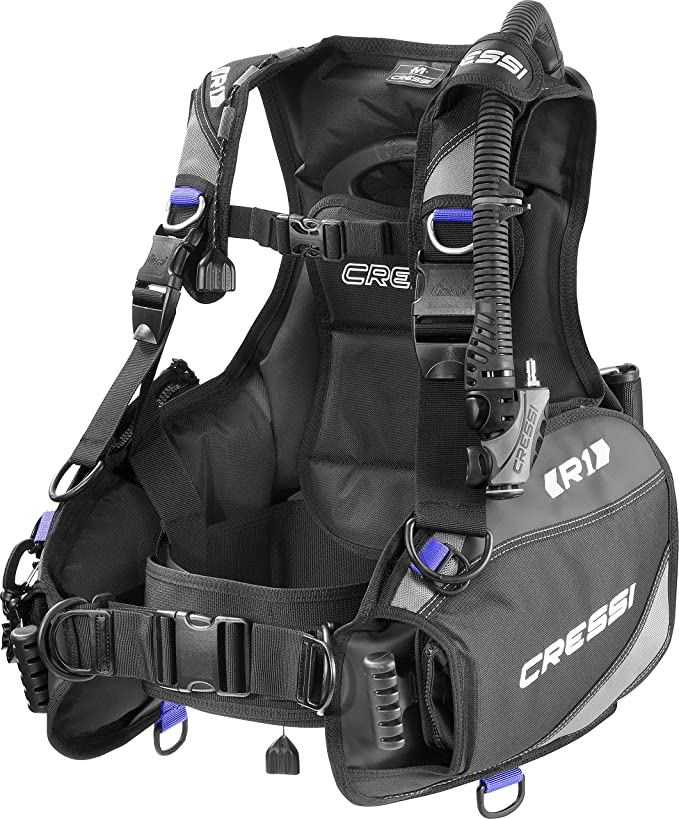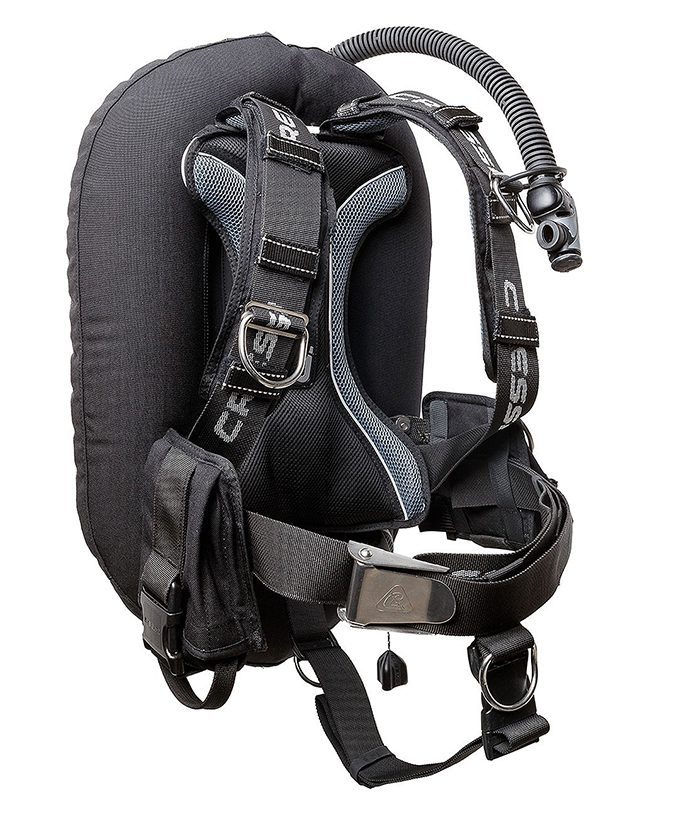A buoyancy compensator is an essential piece of diving equipment. So often the purchase of your own BCD raises many questions. I myself have faced this question many times: what is The Perfect Buoyancy Compensator? Many novice divers face this dilemma, so in this article I will try to show the best possible solution.
Of course, the purchase of your own diving equipment should be preceded by tests of various configurations, models and solutions. It is also worth consulting more experienced colleagues or asking at a nearby dive center. But what basics do you need to know about the Buoyancy Compensator?
The Perfect Buoyancy Compensator
In life, things are rarely perfect, and it’s no different in the case of diving equipment, more specifically the buoyancy compensator. Everyone has their own preferences and something that works for me may not be as good for you.

First the nomenclature of BCD’s
BCD, keeps us in neutral buoyancy during a dive. This is such a general definition. However, this piece of diving equipment has several names. Some call it a buoyancy vest or buoyancy compensator. But, since these names are quite long, you will most often encounter the abbreviation “BCD” meaning Bouncy Control Device, or the common name “jacket” simply meaning vest. Either name is correct and refers to the same device. However, there are two basic types of BCDs.
Classic type Buoyancy Compensator
The design of this type of diving vest is distinctive in that the air space occupies almost the entire surface of the vest except for the shoulder straps. In addition, it forms an integral whole without the possibility of replacing individual BCD components. The shoulder straps are adjustable and have detachable buckles.

In addition, the BCD in the correct position, is held in place by Velcro straps and an adjustable belly and chest buckle. As I mentioned earlier, the air space occupies most of the vest, so it “pumps up” both on the back and in the abdominal area. What does this mean for the diver? Having air in the abdominal part of the BCD makes it easier for us to maintain an upright position on the surface.
Pros and cons of the classic buoyancy compensator
Underwater, on the other hand, it can cause difficulties in maintaining a horizontal position or catching the so-called trim. Classic vests usually have two (sometimes more) pockets for additional gear, and in most new designs you will also find various types of ballast pockets. While most vests don’t differ too much in design, ballast pockets are an element worth taking a closer look at when buying a BCD.

Various brands use their own solutions, but some of them are not very successful. The ballast is too difficult to insert, or worse, too easy to lose, which is the last thing we would want to lose during a dive… You should also pay attention to the capacity of the main ballast pockets and whether the vest has additional ballast pockets (so-called trim pockets).
To sum up:
Pros:
- easy to put on and to take off
- integrated pockets for accessories and ballast
- good position on the surface
Cons:
- poor trim characteristics
- increased failure possibility
- inability to replace specific components
“Wing” type Buoyancy Compensator
These buoyancy compensators are characterized mainly by their modular design. This means that they consist of three basic components: a plate, a harness and a buoyancy bag. The plate here is the basis of the structure, since we attach the harness and the bag to it. Due to the shape of the plates, we can divide them into classic, trapezoidal and slightly “beveled” resembling the letter “H”.
The material from which they are built also classifies them into two categories, heavy steel and lightweight, usually aluminum. Harnesses can also be divided into two types. The technical DIR harness is built from a single piece of strap and has no detachable shoulder buckles. This type adjusts to the diver before wear, as it is no longer adjustable when worn.

However, it has one huge advantage of being almost indestructible and therefore failure-free. Nowadays it is possible to buy harnesses that are adjustable usually similarly to classic vests or through special d-rings. They are easier to put on and adjust, but not so trouble-free.
Pros and cons of the wing buoyancy compensator
The last item of our kit is a buoyancy bag or so-called “wing”. Why such a name? Because this bag lays equally on both sides of the scuba cylinder giving the impression that it has two small wings on the sides. While the design itself is not quite important for us, but what such an arrangement gives us already does.
This is because it makes the air spread evenly to our back along the torso, resulting in much better maintenance of the diver in trim. Bags can also be divided into two types depending on their shape. The first, traditional, is a donut or laterally flattened tire.

This design unfortunately has one major disadvantage. When the diver is on the surface of the water, most of the air is pushed to the top of the bag, which is quite large, making it difficult for us to maintain an upright position.
Bags of the new type are asymmetrical constructions, shaped like an egg. The upper volume of the bag has been significantly reduced here, which prevents the above-mentioned problem. BCDs of the “wing” type do not have any integrated pockets for ballast or accessories, but their modularity makes them quite easy to add ballast to our kit.
To sum up:
Pros:
- very good trim
- low malfunction rate
- possibility to change configuration
Cons:
- lack of adjustability in the water (DIR system)
Hybrid-type buoyancy compensator
We need to mention about some modifications of classic vests. A hybrid is a BCD, in which the volume of air on the belly has been reduced pretty much. As a result, the pressure in this part of the body when the vest is fully inflated is lower than in classic designs. In wing-type vests, on the other hand, the air space is limited only to the back of the vest, which makes them much more similar to real “wings.”
However, these designs are not very successful in many cases due to improper air circulation in the bag, which affects the diver’s balance underwater, as well as problems with releasing air from the vest. Apart from that, they are not much different from classic designs.
The Perfect Buoyancy Compensator? Let’s recap
I hope that with this text I have clarified this issue a bit for you and made your decision easier. However, before buying your own BCD, it is definitely worth diving at least once in each of these types to be able to decide what lays best in your case. For me there is only one right choice, those who have dived with me certainly know which one. Which one will be the best buoyancy compensator for you? That’s something you’ll have to discover for yourself.


